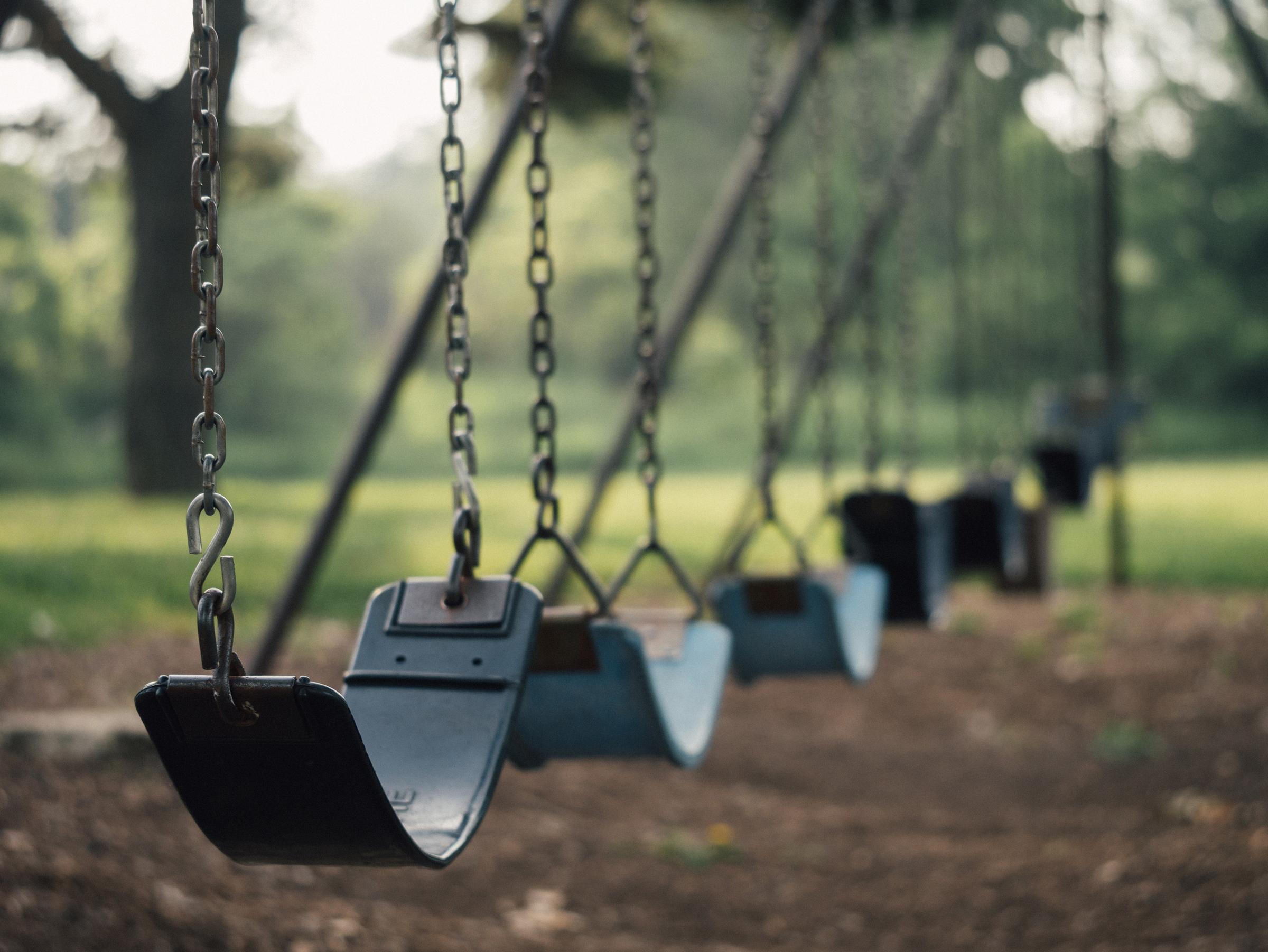Parenting Ideas

Body safety and consent
by Jayneen Sanders
We teach water safety and road safety to the children in our care, but too often ‘Body Safety’ is left in the ‘too-hard basket’. And yes, it is a difficult topic to discuss but our fear of this topic could be placing our children at risk. Below are 8 Body Safety and Consent Skills you can cover with your child formally and informally as your child grows. They’re applicable (in different ways) for children at all ages.
1. Encourage your child to talk about their feelings
From the earliest of years, encourage your child to talk about their feelings. This way they will learn from a young age how to express, manage and understand their emotions. Allow time for them to tell you exactly how they are feeling, and listen with empathy and intent. Provide a ready bank of ‘feelings’ words beyond ‘happy’ and ‘sad’.
2. Talk about feeling ‘safe’ and ‘unsafe’
Children find it hard to distinguish between the two. It is important they understand what it is to feel ‘unsafe’, so if ever they are feeling this way at any time, they can talk to you or another trusted adult straightaway. Explain that our body is amazing, and when it feels ‘unsafe’ it always lets us know. For example, we might feel sick in the stomach or our heart might beat really fast. Tell your child that these are called their Early Warning Signs. Reiterate that if your child does feel any of their Early Warning Signs, they need to tell a trusted adult straightaway. Draw a body shape with your child and label their Early Warning Signs and discuss.
3. Allocate time for your child to choose 3 to 5 trusted adults
Your child can tell anything to these adults and they would be believed. These people are part of their Safety Network. One should not be a family member and all should be easily accessible by your child. For younger children, draw a large outline of a hand and have your child draw a picture of each person on their Safety Network. Add labels and phone numbers. Note: ensure you talk to these adults and let them know your child has chosen them and it is an honour.
4. Explain to your child that everyone has a body boundary
A body boundary is an invisible space around their body. No one should come inside their body boundary without them saying it’s okay (consent). Your child has the right to say ‘No’ to kisses and hugs if they want to. They can always give a hi-five or blow a kiss instead. Have your child outline their body boundary.
5. Teach your child to respect another person’s body boundary also, and that they need to ask for consent before entering it
That means, for example, if they want to hold another child’s hand, they need to ask permission. And if that child says ‘No’, they need to respect and accept that child’s wishes. Explain also that just because a person may say ‘Yes’ to handholding or a hug, consent can be withdrawn at any time.
6. Have your child practise the empowering ‘pirate stance’
The ‘pirate stance’ is, hands on hips, legs slightly apart, shoulders thrown back and head held high. This is a very empowering stance and should be practised regularly. Once in the stance, your child can also practise saying ‘No’ or ‘Stop! I don’t like that!’ Both these phrases are useful in bullying situations and also if anyone does try to touch their private parts. If your child can do this at 4 or 5 years old, then there is a good chance they will be able to do this at 13 or 14, and into adulthood.
7. From day one, call your child’s genitals by their correct names
Ensure you child knows that their private parts (including the mouth) are private. Explain that private means ‘just for you’. Tell your child that if anyone touches their private parts, asks them to touch their private parts or shows them pictures of private parts, they need to tell a trusted adult straightaway. They also have the right to say ‘No!’ or ‘Stop’ before alerting an adult on their Safety Network. At this point, talk about ‘public’ and ‘private’ places, for example, the kitchen is a public space, but the bathroom is a private space. Ensure your child knows the difference. Let them know that it is perfectly okay for them to touch their own private parts in a private place such as their bedroom.
8. Talk about the difference between secrets and surprises
Secrets can be asked to be kept indefinitely, whereas surprises will always be told and are only kept for a short time. Discourage the keeping of secrets in your family. Explain that your family has ‘happy surprises’ instead of secrets because happy surprises will always be told. Explain that if someone does ask them to keep a secret, they should tell that person that they don’t keep secrets. Reinforce that if someone does ask your child to keep a secret that makes them feel unsafe or uncomfortable, they must tell an adult on their Safety Network straightaway!
In closing
In a perfect world, our kids would be safe. Full stop. End of story. But we know it’s not a perfect world. We need to have the conversations. We must talk. These ideas will help.
